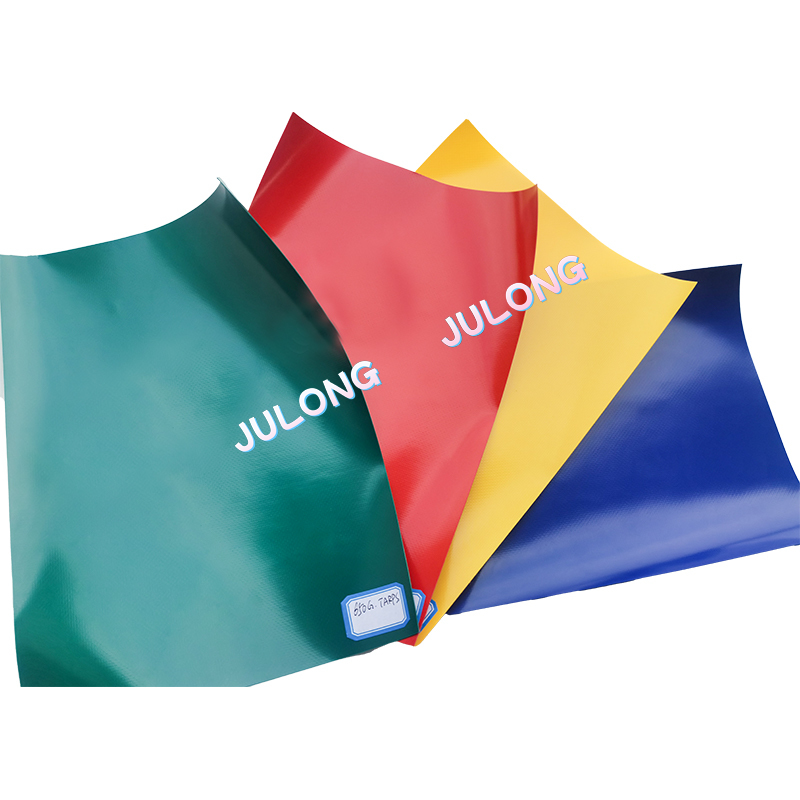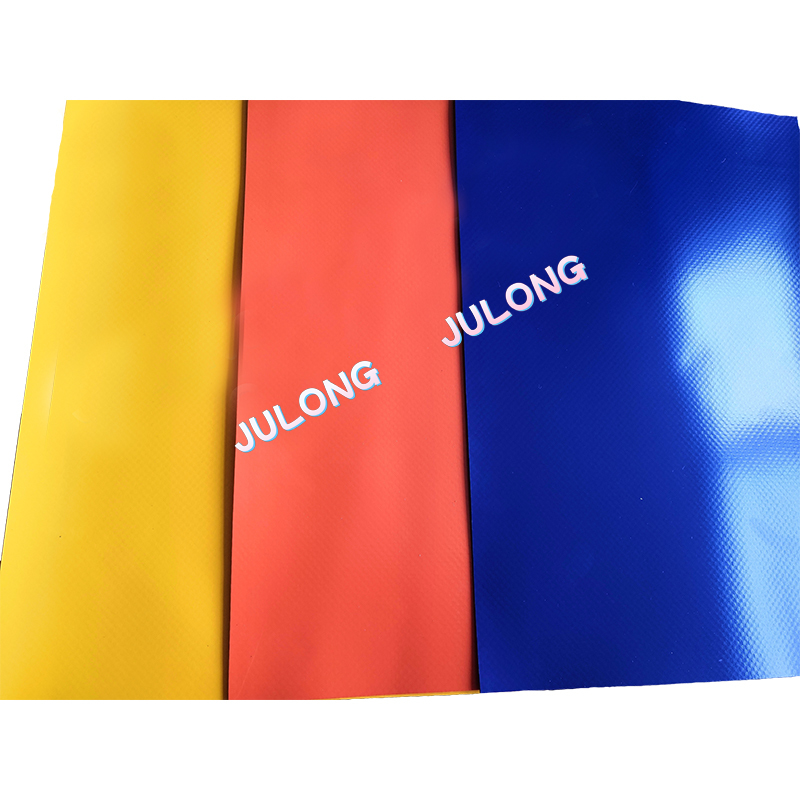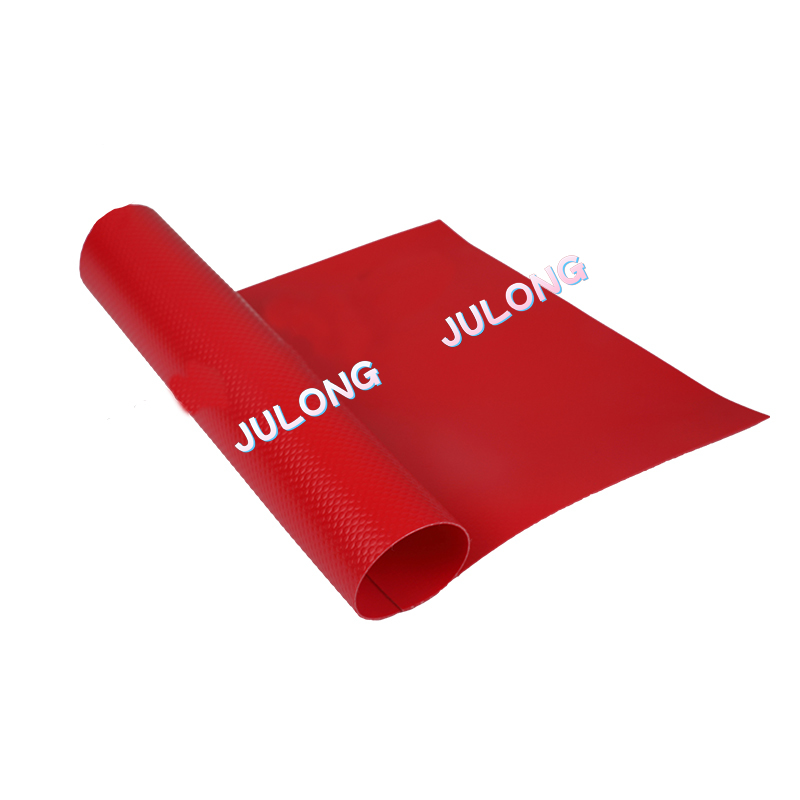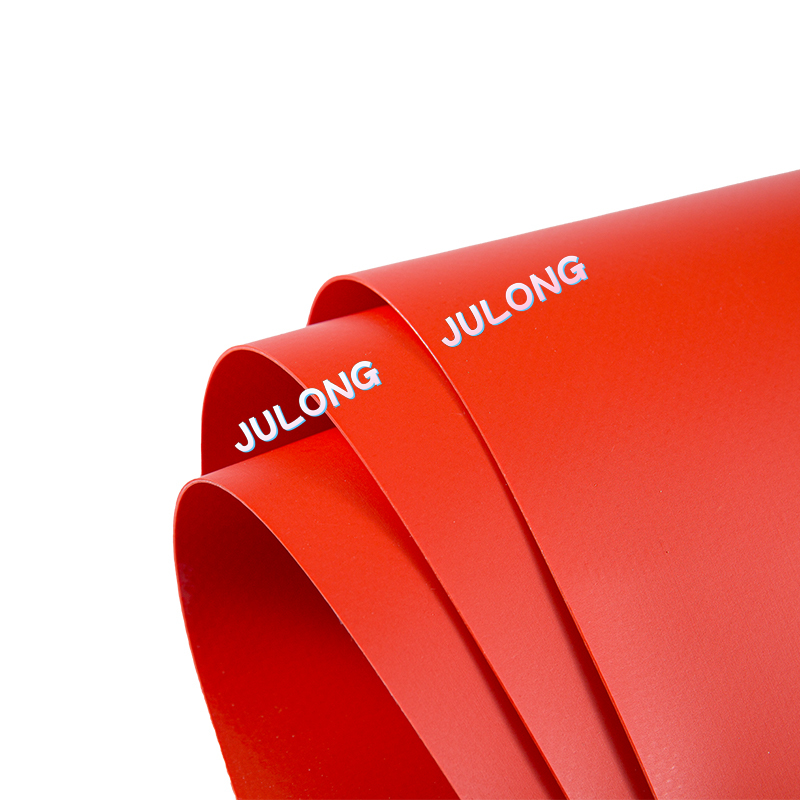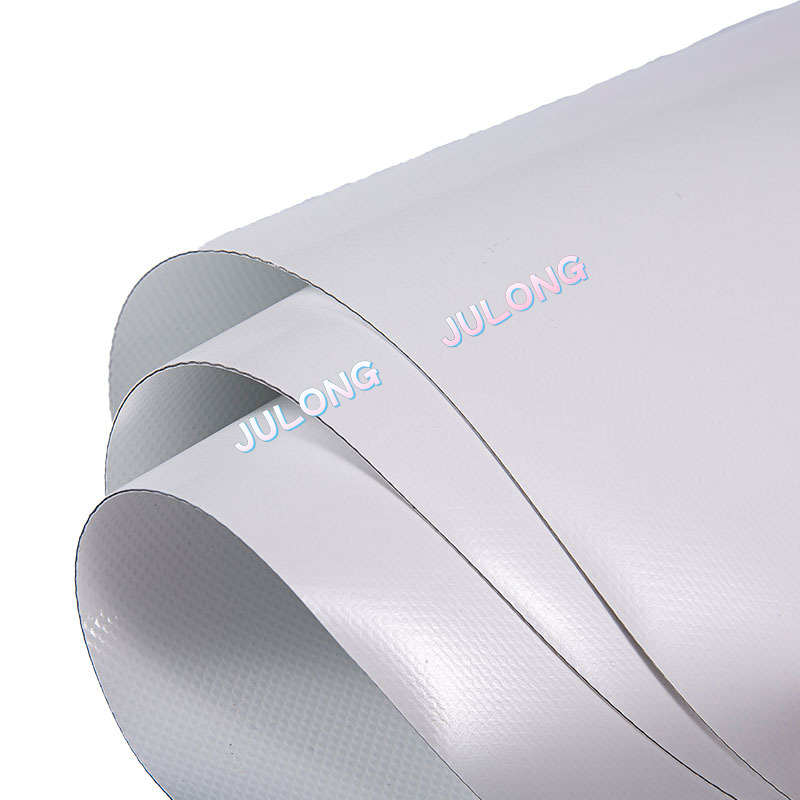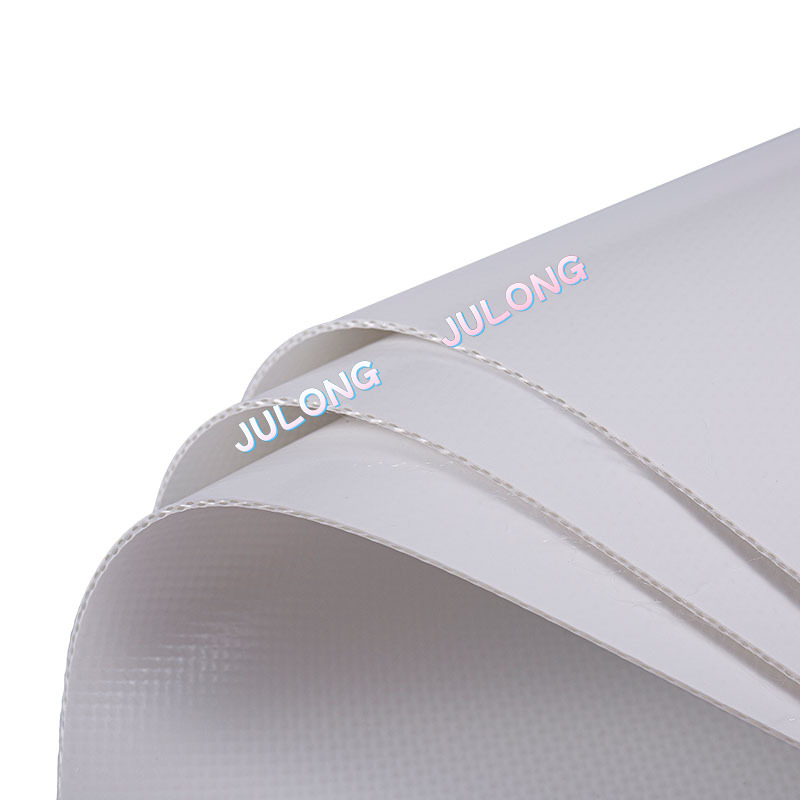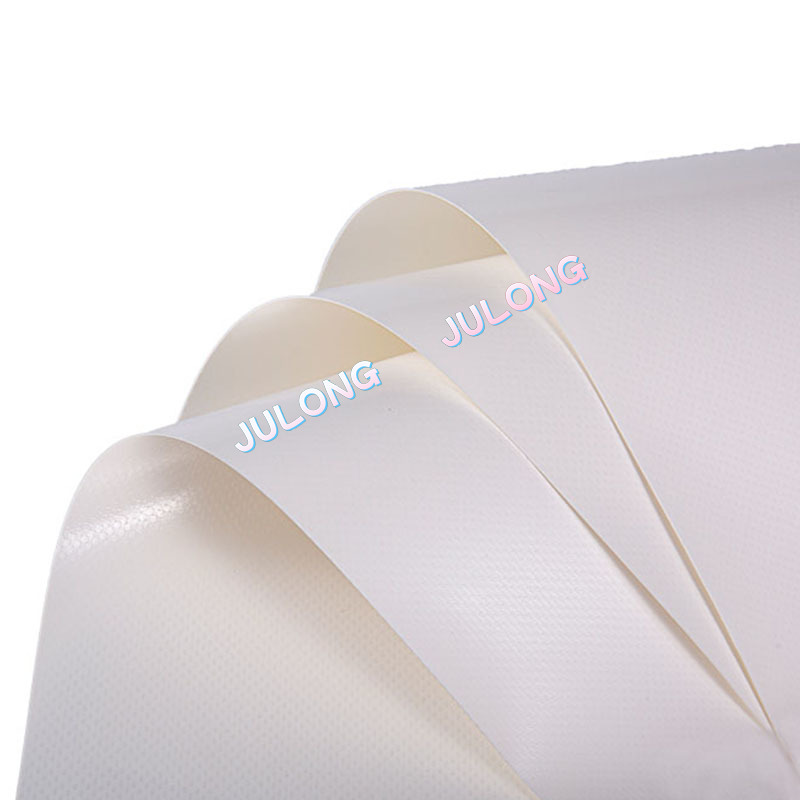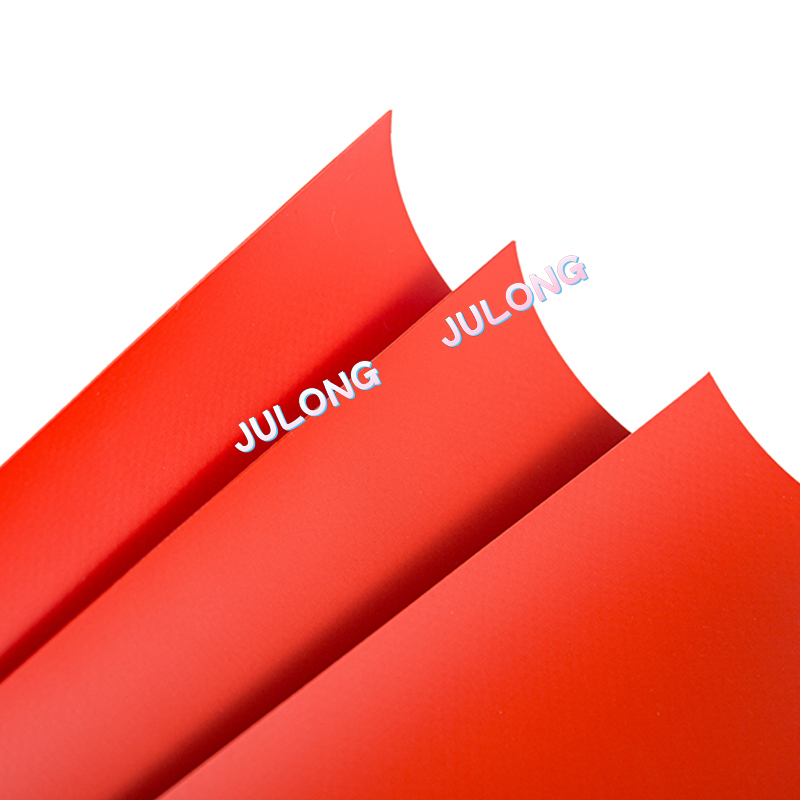What is the use of ETFE building film?
ETFE film is generally used to construct roofs or walls of architectural spaces that require sufficient indoor sunlight.
The ETFE membrane material allows large elastic deformation, but it will have creep extension, so it is not suitable for the space membrane surface of the tensile structure system with resistance requirements. With a lightweight and excellent light transmission performance, it can be used as the roof and wall of buildings that need light transmission.
The selection points of ETFE building film include but are not limited to:
(1) The transmittance spectrum of ETFE film material and glass is basically the same; the transmittance of ultraviolet rays is high, and the transmittance of visible light is >95%. The light and ultraviolet transmittance can be adjusted and controlled by printing a shading film on the surface and changing the film thickness, and the transmittance can be controlled between 50% and 96%.
(2) The allowable ambient temperature for long-term use is -~℃.
(3) When the melting point is reached in a fire environment, a molten hole will appear, and the boundary of the molten hole will burn and spread, but no open flame will be generated, nor will it drip. According to my country's "Classification Method for Combustion Performance of Building Materials", it is designated as B1 class flame retardant material.
(4) When the ETFE membrane material is made into an air-coated membrane surface with an air-insulating layer, it has good thermal insulation properties.
(5) ETFE membrane material has good chemical stability and corrosion resistance.
Types of ETFE membrane
First of all, the thickness of the membrane material is used to distinguish the ETFE membrane structure. ETFE membranes for construction are conventionally thick in μm, μm, μm, μm, μm, and the thickest one is μm. ETFE film is currently the strongest fluoroplastic, and its chemical composition is ethylene-polyvinyl fluoride copolymer. The physical properties of ETFE membranes with different thicknesses are different.
In general, the single-layer membrane roof adopts μm-μm, and when it is made into an inflatable air pillow membrane, the outermost layer uses μm-μm, and the middle layer of the air pillow uses μm-μm. It should be noted that when the thickness exceeds μm, the mechanical strength of the ETFE membrane will increase, but the flexibility will decrease, so it is not the thicker the better; just meet the design requirements.
Secondly, from the structural form, the ETFE membrane structure can be classified into two categories: single-layer ETFE membrane and double (multi-layer) air pillow membrane. They all need to be supported and fixed by special aluminum alloy brackets, and the membrane-forming units are divided according to certain rules.
The appearance of the single-layer ETFE membrane is relatively simple, and it looks similar to glass; the double (multi-layer) air pillow membrane needs to be inflated intelligently with a professional inflation system to keep the membrane air pillow bulging, so as to obtain a three-dimensional bubble beauty and good heat preservation insulation performance. ETFE air pillow membrane is one of the latest and dazzling roofing forms, and each work has become a city landmark that attracts passenger flow.
It should be noted that once the ETFE air pillow membrane roof is put into use, the inflatable equipment must be kept running stably to ensure that the air pressure in the air pillow is within the design requirements.
The last is the color of the ETFE membrane material. The conventional ones are colorless and transparent, light blue, milky white, transparent with pattern plating, etc. In terms of the color of the membrane material, it is generally selected according to the effect pursued by the project. Colorless, transparent, light blue, milky white, etc., are all pure colors, and their light transmittance and other properties are relatively fixed. Here we mainly talk about the most widely used transparent plus pattern coating film.
The purpose of adding pattern plating points on the transparent film is to adjust the sunlight passing rate and make the lighting environment under the roof more comfortable and pleasant. The shape, size, arrangement interval, etc. of the plated pattern can be customized, and the manufacturer also provides a variety of convenient options in stock. Although coating points are added to the membrane, when the roof is more than 10 meters above the ground, the coating point roof looks almost transparent visually.
Zhejiang Xinria Textile Material Co., Ltd. is a PVC tarpaulin manufacturer and high-strength membrane cloth factory in China, providing wholesale sales of PVC membrane cloth. Welcome to consult.


 English
English عربى
عربى